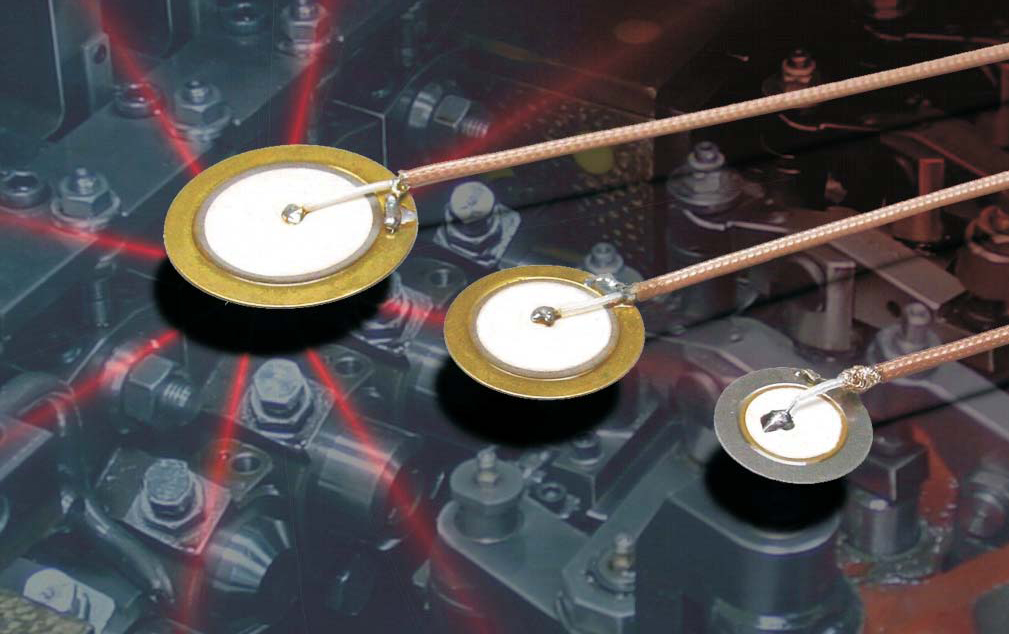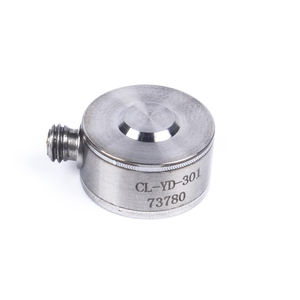

Pile Load testįigure 4: Compression load cell used in pile testingsīefore constructing a structure, static load testing is carried out. Load cells are installed to monitor the anchor for the stability of the dam and provide early warnings. The tie-back anchors are installed on the upstream side of a concrete dam to overturn the moments caused by very high flood conditions. Damsįigure 3: Anchor Load cell in the cavity in a dam. Load cells measure the amount of load transferred and warn the respective authorities on time to avoid major mishaps. Hence, pre-stressed grouted anchors are used to provide active support to the walls and roofs. Slope failures and landslides have been a major concern for the geologists as they are the most common form of the natural disaster.

Underground cavities need to be monitored closely because they are under constant threat of roof collapse or sidewall falling. Roof support in underground cavities / Slope stability in landslide zones However, the position of the load cell is in line with the struts installed. To measure the stability of the diaphragm or sheet pile wall, load cells are installed in the tie-back anchor systems. Diaphragm or Sheet Pile Wallįigure 2: Anchor Load cell in the diaphragm wall at an under construction metro station The load cells measure and indicate the excessive load beforehand. The load cells are installed in these walls to monitor the changes behind it and study the effectiveness of different kinds of restraining systems at the same time. sheet pile, anchored retaining walls, bored pile retaining walls, cantilevered. There are various types of retaining walls viz. Once the hydraulic jack opens up, the load transferred to the tie-back is measured by the load cell. The load cell is placed between the retaining wall and the hydraulic jack. The load test is carried out by applying a load to the tie-back anchor with an in-line hydraulic jack. The anchor-back load cells are designed to test and measure the loads in tie-backs, rock bolts, and ground anchors. The load cells are installed in between the struts. The strain gauge solid load cells are widely used to measure the amount of load being transferred to the struts. The I-beam struts are usually installed in the framework of underground metro stations. Dams: Concrete Dams, Underground Power Houseįigure 1: Compression load cell in between the strut at an under construction metro station.Tunnels and shafts: Steel liner plate, cast-in-place concrete, segmented precast concrete, shotcrete.Deep foundations: excavation bracing like struts, soldier pile tiebacks or anchors retaining walls.Load cells find their application in the geotechnical field and, they are commonly used to monitor: Proper geotechnical monitoring ensures the long-term safety of these structures. Geotechnical instruments are used both pre and post-construction to ensure the safety of structures, dams, tunnels, bridges etc. during the research and development or even at a later stage while monitoring a structure. Load cells can be used at the initial stage i.e. The type of instruments used in the geotechnical field depends on the scope of work. | Read More: Strain Gauge: Principle, Types, Features and Applications | What is load cell used for? To understand more on them, it is necessary that you must know about strain gauges, their types, working principle, as well as, areas of application. The load cell sensors are always bonded along with elastic material, known as strain gauges. Their main purpose is to weigh or check the amount of load transferred. What is a Load Cell?Ī load cell is a transducer that converts the mechanical force into readable electrical units, similar to our regular weighing scales. Let us discuss more about them along with their types, working principle, advantages, and much more. If you’re curious about what a load cell is and how it works, keep reading to be enlightened. Load cells are available in different shapes, types, and sizes. Geotechnical instrumentation and monitoring is a vast field and it encompasses several sensors that aid in structural health monitoring, landslide monitoring, excavation monitoring, etc.


 0 kommentar(er)
0 kommentar(er)
